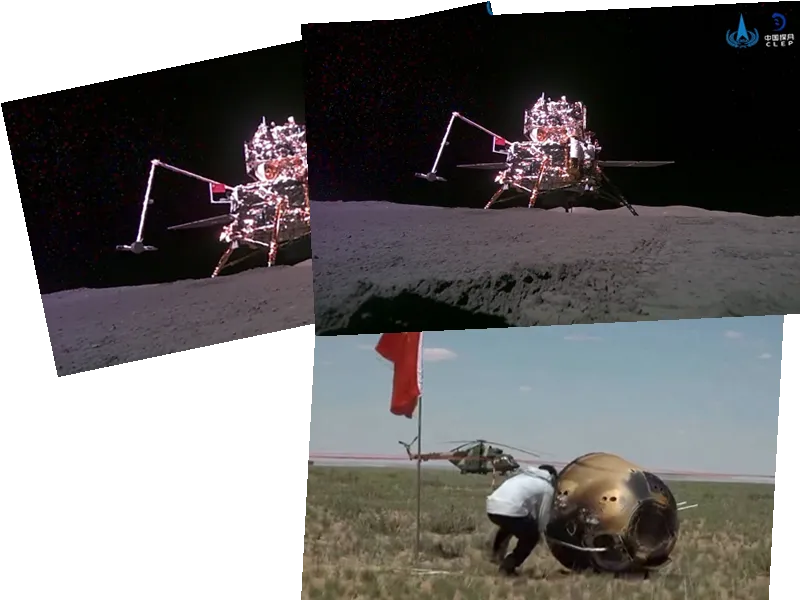China's Chang'e-6 Lunar Mission: A Historic Achievement
China's Chang'e-6 lunar module has successfully returned to Earth, marking a monumental milestone for the country's space program. The mission, which started on May 3, involved collecting the first-ever samples from the far side of the Moon. The probe landed in Inner Mongolia, China, on June 25, 2024, bringing back approximately 2 kilograms of lunar dust and rocks. This achievement is a significant step forward in China's ambition to establish itself as a dominant space power.
The Chang'e-6 mission faced numerous challenges, including high temperatures and limited communication with Earth. Despite these obstacles, the mission was completed in just 53 days, seven hours less than its predecessor, Chang'e-5. Scientists will analyze the samples to compare their chemical composition with those from the near side of the Moon, potentially providing insights into the differences between the two lunar hemispheres.
Implications and Future Plans
The success of Chang'e-6 is not just a scientific triumph but also a strategic one. China's space program is a cornerstone of its plan to become a leading economic, technological, and diplomatic power. The mission's success has been celebrated by Chinese leader Xi Jinping, who emphasized the importance of this achievement in building a strong nation in space, science, and technology.
Looking ahead, China plans to launch the Chang'e-7 mission in 2026 to explore the lunar south pole for water ice deposits. This will be followed by Chang'e-8 in 2028, which aims to utilize the discovered resources and lay the groundwork for manned missions by 2030. The ultimate goal is to establish the International Lunar Research Station (ISIL) in collaboration with Russia by the early 2030s.
- The Chang'e-6 mission is named after a goddess in Chinese mythology who is said to live on the Moon. This mission follows the successful Chang'e-4 mission in 2019, which was the first to land on the far side of the Moon, and Chang'e-5 in 2020, which brought back samples from the near side.
- The samples collected from the Aitken-South Pole Basin, one of the largest and oldest impact structures in the solar system, could provide crucial information about the Moon's volcanic activity and the presence of water ice. These findings could help scientists understand the geological differences between the Moon's near and far sides.
- China's space program has been rapidly advancing, with significant investments and international collaborations. While the European Space Agency (ESA), France, and Italy have been involved in the Chang'e-6 mission, future collaborations remain uncertain, especially with the planned International Lunar Research Station (ISIL) involving Russia.






